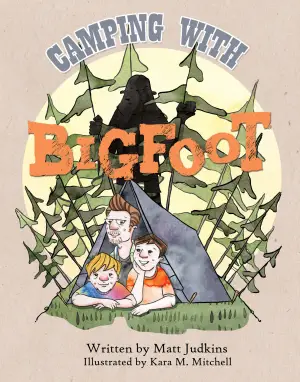Engaging Review of Astor: The Rise and Fall of an American Fortune
When I picked up Astor: The Rise and Fall of an American Fortune, I had a keen sense of curiosity, piqued not just by the opulent lives of the Astor family but also because I’m a deep admirer of Anderson Cooper’s work with Katherine Howe. After enthralling readers with the Vanderbilts, the duo dives into another American dynasty, unraveling stories of both ambition and intrigue. With America’s historical tapestry woven from threads of wealth and disparity, I anticipated a journey that would pull back the curtain on one of its most fascinating families.
From the very first page, I was drawn into the world of John Jacob Astor, whose journey from a humble beginning in Germany to becoming America’s first multi-millionaire is nothing short of astounding. Cooper and Howe capture not only Astor’s relentless ambition in the fur trade but also the gritty realities of his world. The authors have a knack for making history resonate; I found myself envisioning the treacherous voyages of fur traders, and their harrowing tales of loss stood out vividly. Quotes like, “the ocean swallowed them whole” serve as haunting reminders of the perilous lives behind the pursuit of wealth.
The Astor family’s rise, peppered with tales of resilience and ruthlessness, is mirrored by their ultimate decline. One of the highlights is how Cooper and Howe expose the stark contrasts of wealth and the squalor existing side-by-side in 19th century Manhattan. The notion of Astor’s properties serving as slum housing for immigrants while he amassed his fortune felt like a double-edged sword, stirring in me a mixture of admiration and moral discomfort. This juxtaposition raises pertinent questions about the cost of success, making it a critical theme that reverberates throughout the narrative.
What I loved most about the writing style is its accessibility; the authors effortlessly bridge the gap between historical facts and engaging storytelling. Their vivid descriptions and characterizations made me feel present in the stories being told. I particularly enjoyed glimpses into the family dynamics filled with rivalry, jealousy, and the lengths they went to maintain their prestige. Their exploration of how social standing dictated lives and relationships paints a rich portrait of the societal pressures of the Gilded Age.
As I turned the pages, I found myself equally enthralled by the intriguing side stories—like the cat burglar who stalked the Waldorf Astoria and the legacy of Brooke Astor, who handed down her fortunes with philanthropic ideals. The authors clearly enjoyed intertwining these narratives, ensuring that the book doesn’t read as a linear recount of history but rather a layered exploration of the Astor legacy.
In conclusion, Astor: The Rise and Fall of an American Fortune is a richly textured narrative that will resonate with history buffs, fans of family sagas, and anyone curious about the whims of fate that can alter legacies forever. It’s a reflective read that left me pondering long after I closed the cover. If you enjoy tales of grand ambition laced with the complexities of human nature, this book is sure to be a captivating addition to your collection. I can’t wait to see what Cooper and Howe will explore next! Follow my reviews at Barb Saffer’s Blog, and let’s continue this journey of exploration together!
Discover more about Astor: The Rise and Fall of an American Fortune on GoodReads >>













